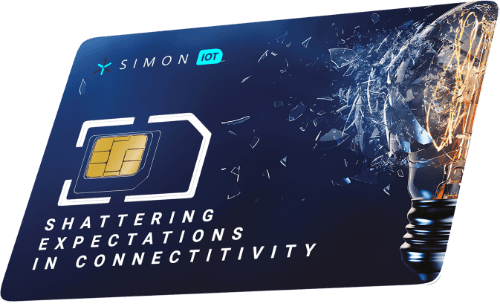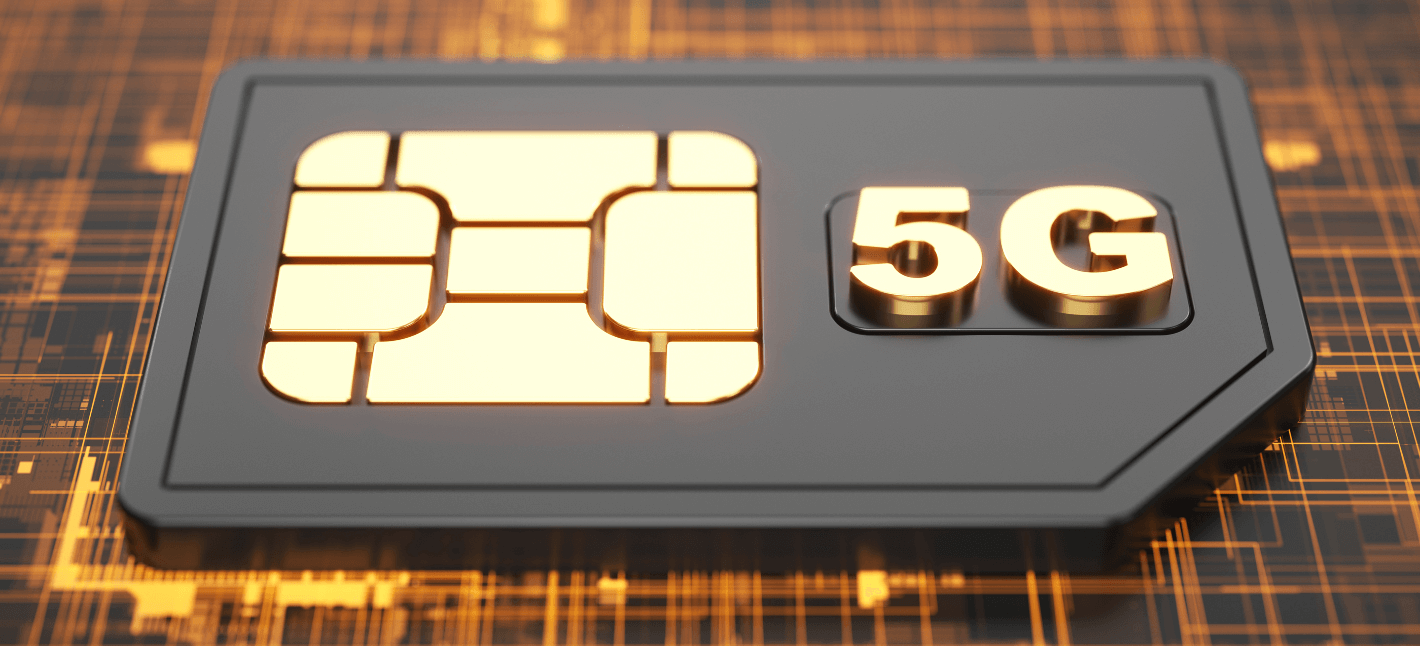Nb-IoT Connectivity Market Reports on IoT Connectivity
Managed IoT Connectivity Services Explanations and Solutions for IoT Connectivity
In the realm of Internet of Things (IoT) connectivity, 4G and 5G characterize two distinct eras, every providing distinctive options that cater to various application demands. One of the most significant differences lies in the speed of data transmission. 5G technology boasts incredibly excessive information charges, usually reaching up to 10 Gbps in ideal conditions. In contrast, 4G networks often ship speeds round a hundred Mbps to 1 Gbps, which may be limiting for sure IoT purposes that require fast information change.
Latency is one other crucial differentiator. 5G networks promise ultra-low latency, sometimes in the range of 1 millisecond. This is a drastic improvement over 4G, which has a latency vary of 30 to 50 milliseconds. For functions corresponding to autonomous automobiles or remote surgery, where real-time information switch is crucial, the low latency of 5G is invaluable.
The variety of units that can be connected to a community additionally diverges considerably between 4G and 5G. 4G can help around 2,000 devices per sq. kilometer (IoT Connectivity Plan). However, 5G technology can accommodate up to a million gadgets in the same space. This capability is significant as the number of linked IoT units continues to surge, necessitating a community that can effectively handle the increased demand.
IoT Connectivity Solutions Solutions and Network for IoT Connectivity
Energy effectivity is another area the place 5G holds a bonus. IoT devices powered by 5G can function at decrease energy levels, extending battery life and reducing prices associated to energy consumption. While 4G networks are moderately efficient, the advancements in 5G know-how allow extra optimized knowledge transmission strategies suited to battery-operated gadgets.
The architecture of 5G networks also differs from that of 4G. 5G employs a more versatile, software-defined community mannequin that allows for network slicing. This means specific portions of the network could be tailor-made to fulfill the necessities of various applications, whether they demand high velocity, low latency, or expansive protection. In distinction, 4G networks usually provide a one-size-fits-all method, which limits their adaptability.

Security is a paramount concern in IoT connectivity, and 5G networks are designed with enhanced security protocols. This contains improved encryption and authentication mechanisms, which shield data because it travels between devices and servers. While 4G does provide some degree of security, the developments in 5G provide a extra robust framework to safeguard delicate info in an increasingly interconnected world.
Coverage space is another space of distinction. While 4G networks have established broad coverage, 5G networks are nonetheless being deployed and should have less in depth reach in sure geographic locations. However, the evolution of 5G is anticipated to rapidly broaden coverage over time - IoT Connectivity. Additionally, 5G's capability to work extra successfully in dense urban areas signifies its potential to alleviate network congestion.
IoT Connectivity Technologies Types of IoT Connectivity Options
Interference management also showcases differences between the two technologies. 5G employs advanced technologies like beamforming, which directs alerts toward specific devices rather than broadcasting them broadly. This leads to better signal strength and quality, particularly in crowded environments. Conversely, 4G's broader broadcasting can generally battle in densely populated areas, resulting in sign interference.

The types of functions suited for 4G versus 5G networks additional illustrate their variations. 4G is adequate for typical cell functions like streaming movies or social media. In distinction, 5G is extra fitted to complex, low-latency tasks, similar to telemedicine, distant monitoring in healthcare, and smart cities, where real-time information processing is crucial.
Cost implications additionally vary between 4G and 5G implementations. While 4G networks have been established for years and the infrastructure prices are relatively steady, the initial funding for 5G technology could be considerably higher. These prices are related to new base stations, hardware, and the transition period required for community upgrades. However, the long-term benefits of 5G, similar to operational effectivity and enhanced capabilities, may justify these preliminary bills.
Long Range IoT Connectivity Platforms for IoT Connectivity Management
When wanting into future potential, 5G networks are designed with scalability in thoughts. This development capability stands in stark contrast to 4G, which can face limitations because the variety of connected devices skyrockets. The flexible and adaptive nature of 5G means that it could accommodate innovative applications arising from developments in AI and machine learning, paving the way for a extra interconnected ecosystem.
In conclusion, the variations between 4G and 5G IoT connectivity are profound. From pace and latency to scalability and energy efficiency, each expertise caters to distinct needs within an ever-growing digital panorama. While 4G has been a solid basis for IoT purposes, the enhanced capabilities of 5G expertise are set to revolutionize how units communicate, making it an essential participant in the future of connectivity. Recognizing these variations can help companies and developers strategically approach their IoT deployments, making certain they leverage the appropriate expertise to satisfy their goals.
- 5G IoT connectivity provides significantly greater data switch rates in comparability with 4G, enabling faster communication for gadgets.
- The latency in 5G is drastically lowered, permitting for near real-time information trade, which is crucial for purposes like autonomous vehicles.
- 4G networks have restricted device density capabilities, while 5G can assist hundreds of thousands of gadgets per square kilometer, enhancing scalability for IoT options.
- 5G employs advanced technologies similar to beamforming and community slicing, which optimize network efficiency for specific IoT purposes.
- The energy efficiency in 5G networks is improved, facilitating longer battery life for IoT gadgets, which is vital for distant and cellular utilization.
- 4G primarily focuses on mobile broadband, whereas 5G allows enhanced machine-type communications, catering particularly to IoT needs.
- 5G supplies enhanced reliability and security features, that are important for critical IoT purposes in healthcare and industrial automation.
- The structure of 5G allows for edge computing, minimizing knowledge latency by processing data closer to where it's generated, in distinction to 4G.
- 4G networks face congestion issues with increased customers, whereas 5G’s advanced infrastructure mitigates this drawback, offering higher user experience.
- 5G’s flexibility in deployment and help for various use cases makes it more adept at adapting to varied IoT environments in comparability with 4G.undefinedWhat are the primary technological variations between 4G and 5G for IoT connectivity?undefined4G expertise depends on LTE architecture and primarily focuses on mobile broadband. In contrast, 5G is designed for greater effectivity with decrease latency, enhanced capability, and improved reliability, enabling a larger number of units to connect concurrently.
IoT Connectivity Companies SIM Card Solutions for IoT Connectivity
How does the latency differ between 4G and 5G?undefinedLatency in 4G networks typically ranges from 30 to 50 milliseconds, whereas 5G latency can be lowered to as low as 1 millisecond. This decreased latency enhances real-time responsiveness for IoT applications like autonomous vehicles and remote medical procedures.
What is the difference in network capacity between 4G and 5G?undefined4G networks can assist 1000's of linked gadgets per sq. her response kilometer. 5G considerably will increase this capacity, accommodating up to one million devices per square kilometer, making it perfect for densely populated areas and quite a few IoT functions. IoT Sim Connectivity.
How do energy efficiency ranges evaluate between 4G and 5G for IoT devices?undefined5G technology improves power effectivity thanks to its advanced options like network slicing and energy-saving sleep modes. This permits IoT units to operate longer on battery with out compromising performance, which is essential for remote sensors and units in the subject.

Can 5G help more IoT purposes than 4G?undefinedYes, 5G's enhanced pace, capability, and decrease latency enable it to assist various IoT functions that require real-time information processing, corresponding to smart cities, industrial automation, and connected healthcare, all of which may be difficult on 4G.
Managed IoT Connectivity Platform Strategies and Challenges of IoT Connectivity
What are the implications of those variations for companies using IoT?undefinedBusinesses leveraging IoT can expect increased effectivity and higher performance with 5G due to its ability to support a bigger variety of units and applications, leading to improved operational capabilities, decreased prices, and enhanced customer experiences.
Will transitioning from 4G to 5G be necessary for IoT devices?undefinedWhile 4G will proceed to perform for the foreseeable future, the transition to 5G will provide important advantages. Businesses and industries aiming for top performance and scalability of their IoT purposes should contemplate upgrading when possible.
IoT Connectivity Service Providers Evaluating IoT Connectivity Technology Pros and Cons
How does 5G improve security for IoT gadgets in comparison with 4G?undefined5G networks incorporate superior security protocols and built-in encryption strategies, enhancing data integrity and confidentiality. This heightened safety is essential because the number of linked IoT devices continues to develop, mitigating potential vulnerabilities.
What is the cost impression of adopting 5G for IoT connectivity in comparison with 4G?undefinedWhile the preliminary setup and infrastructure costs my latest blog post for 5G may be higher, the long-term advantages include enhanced efficiency, decreased operational costs, and doubtlessly lower maintenance prices. Businesses may discover that the funding pays off via improved effectivity and new revenue alternatives.